site search
online catalog
VETERAN CIVIL WAR FENIAN ENFIELD

Hover to zoom

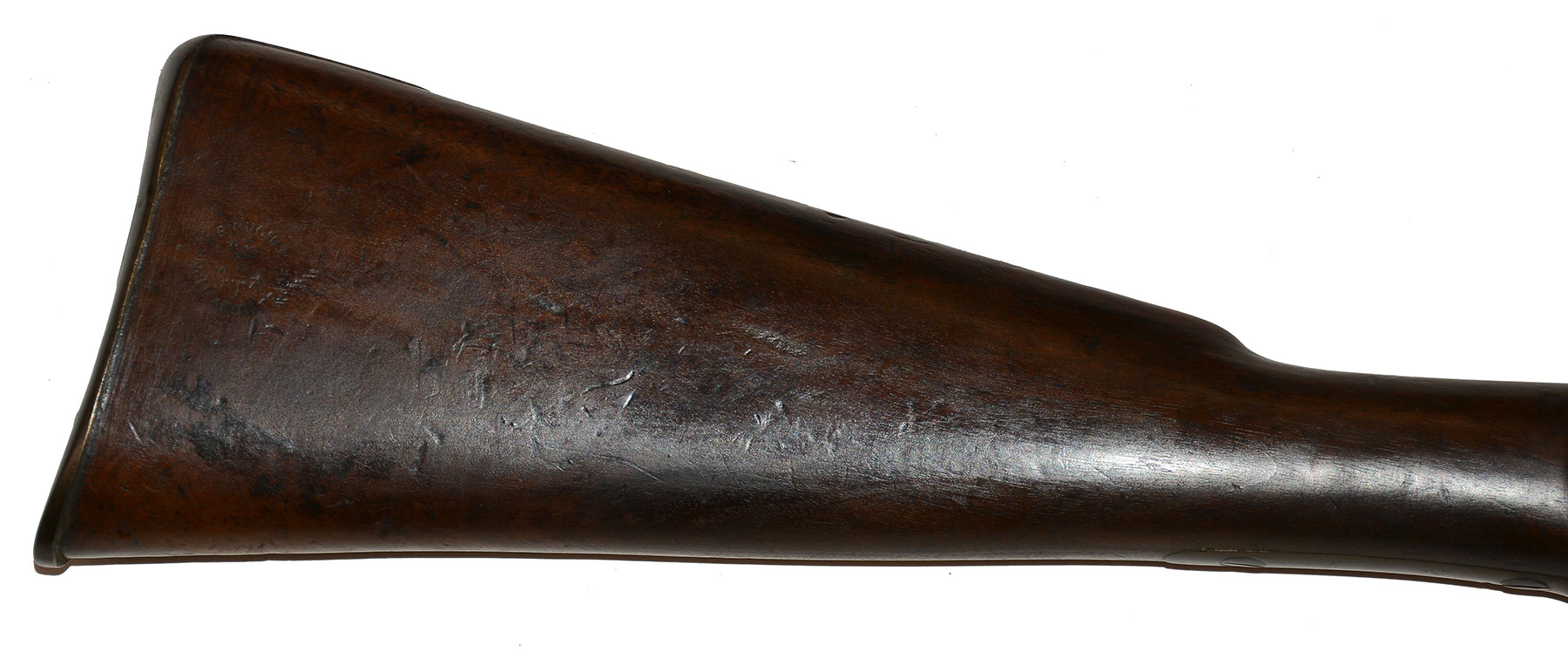


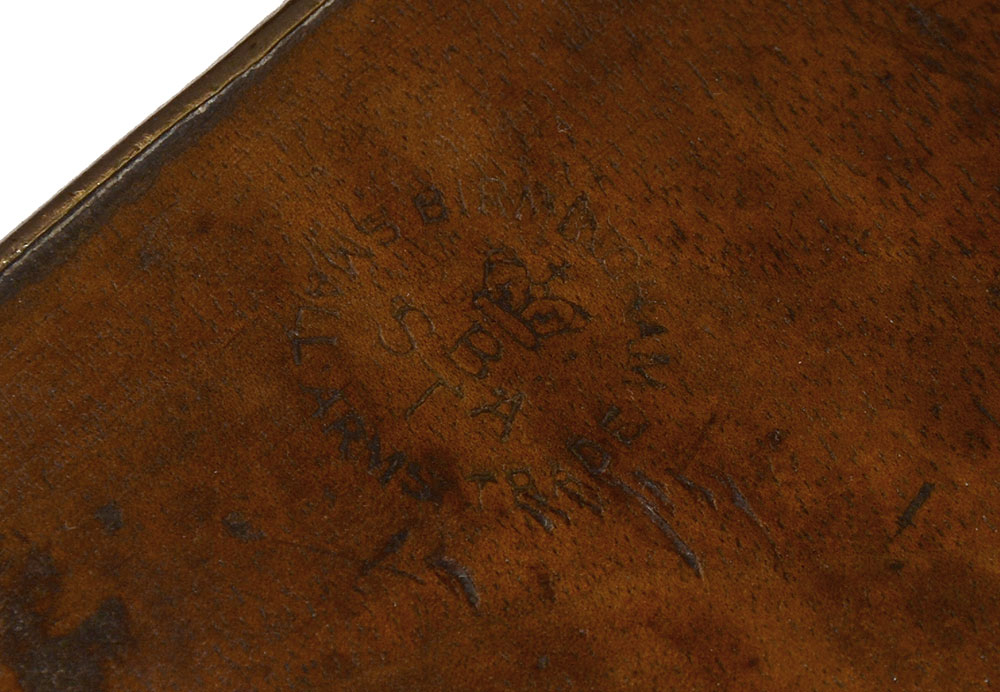
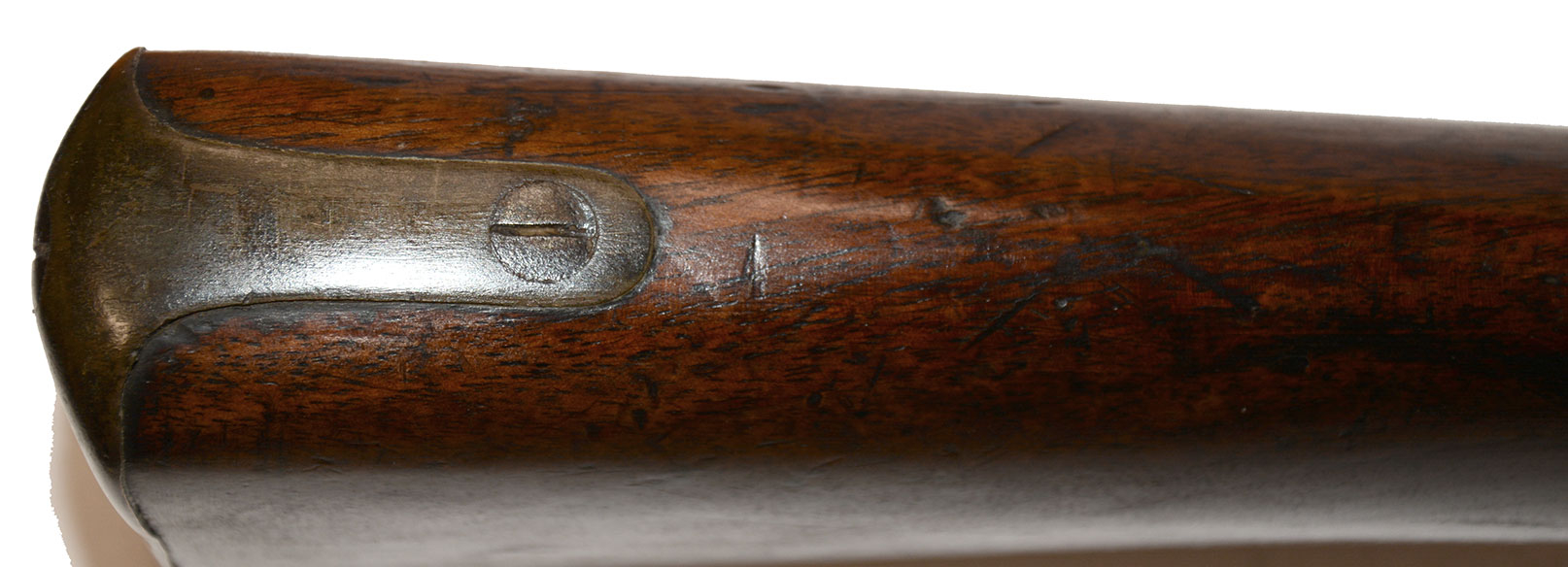


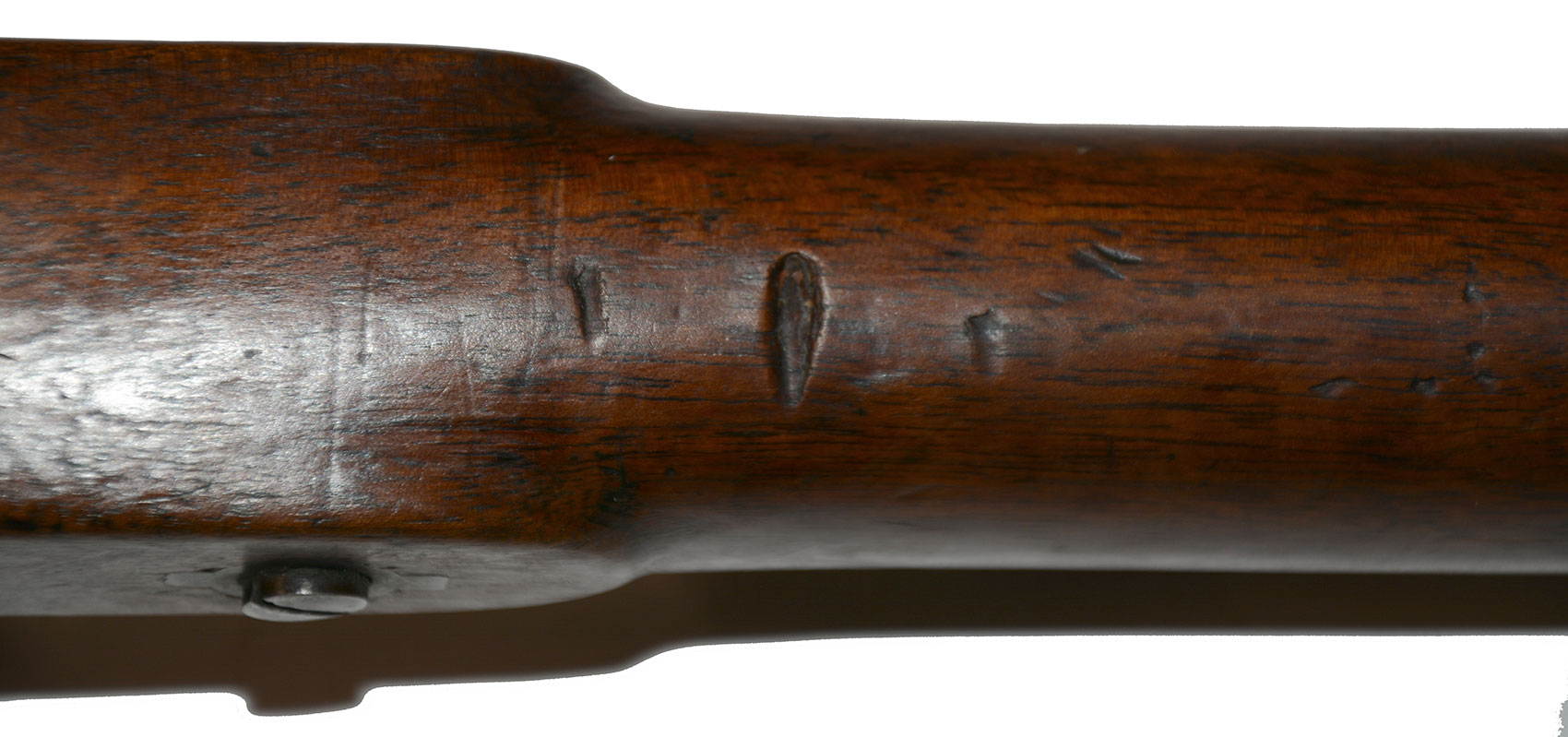
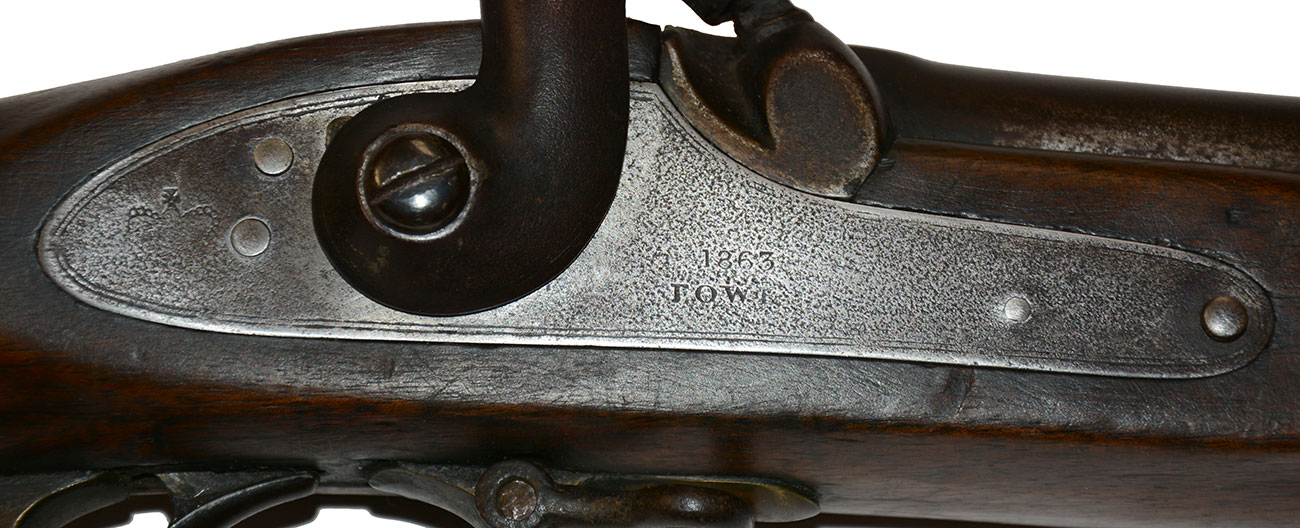

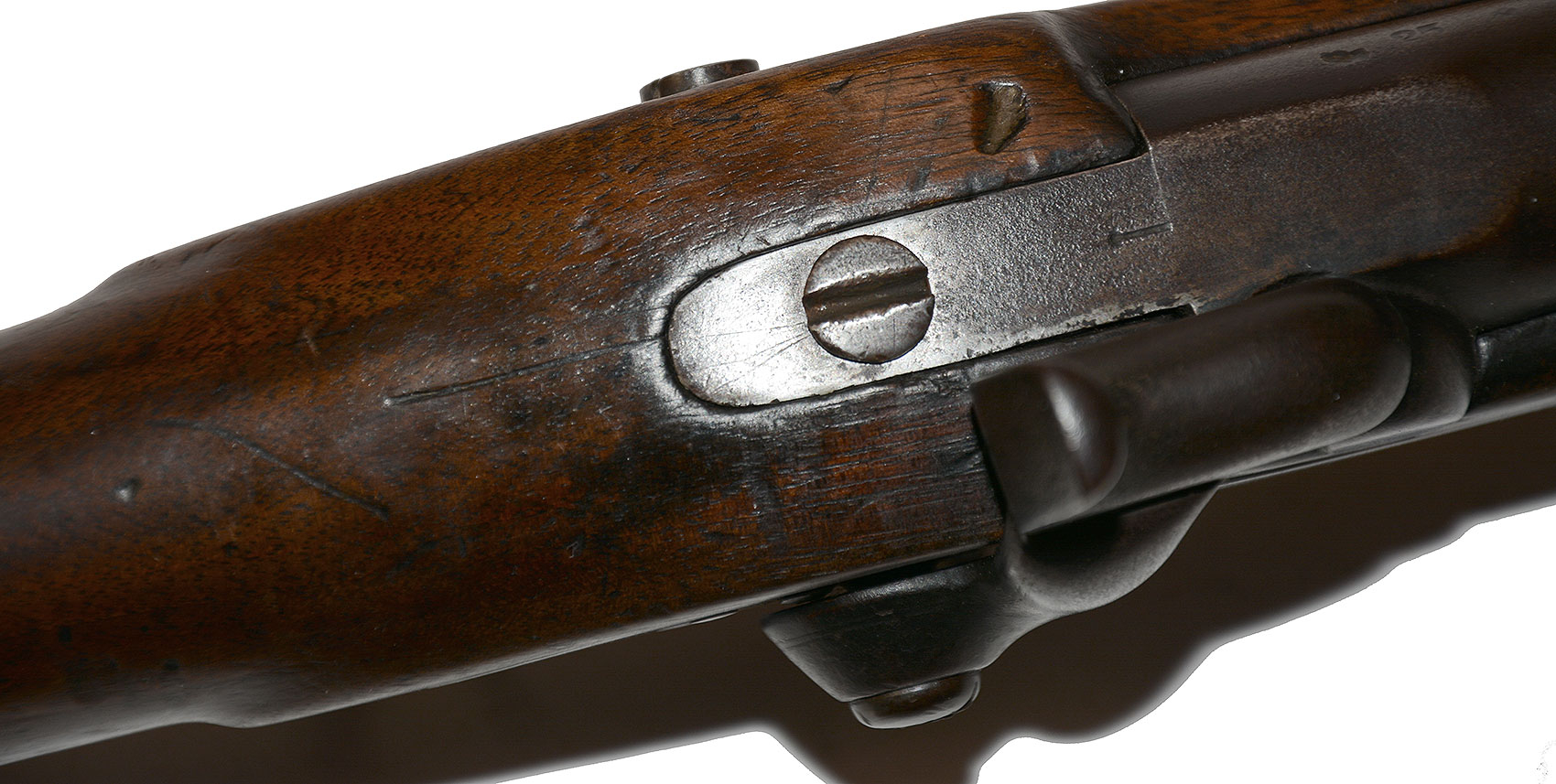
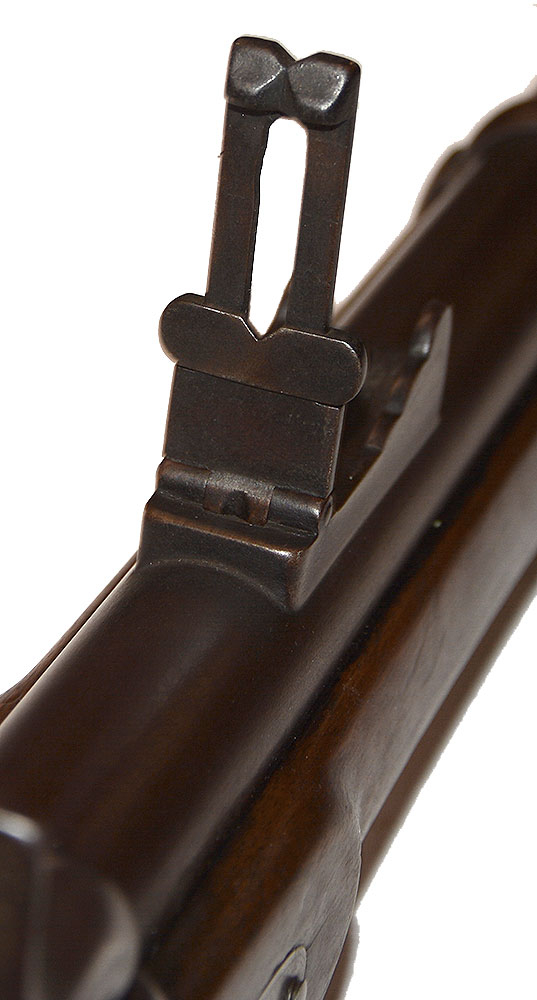
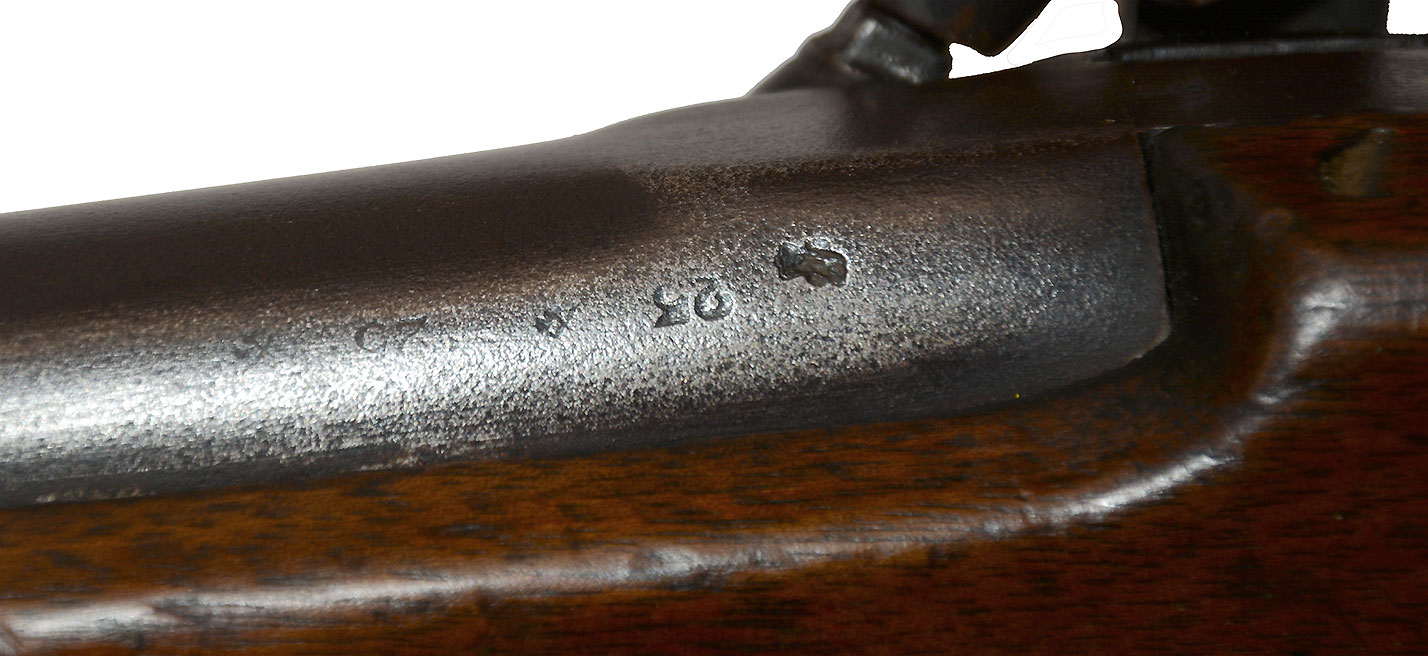
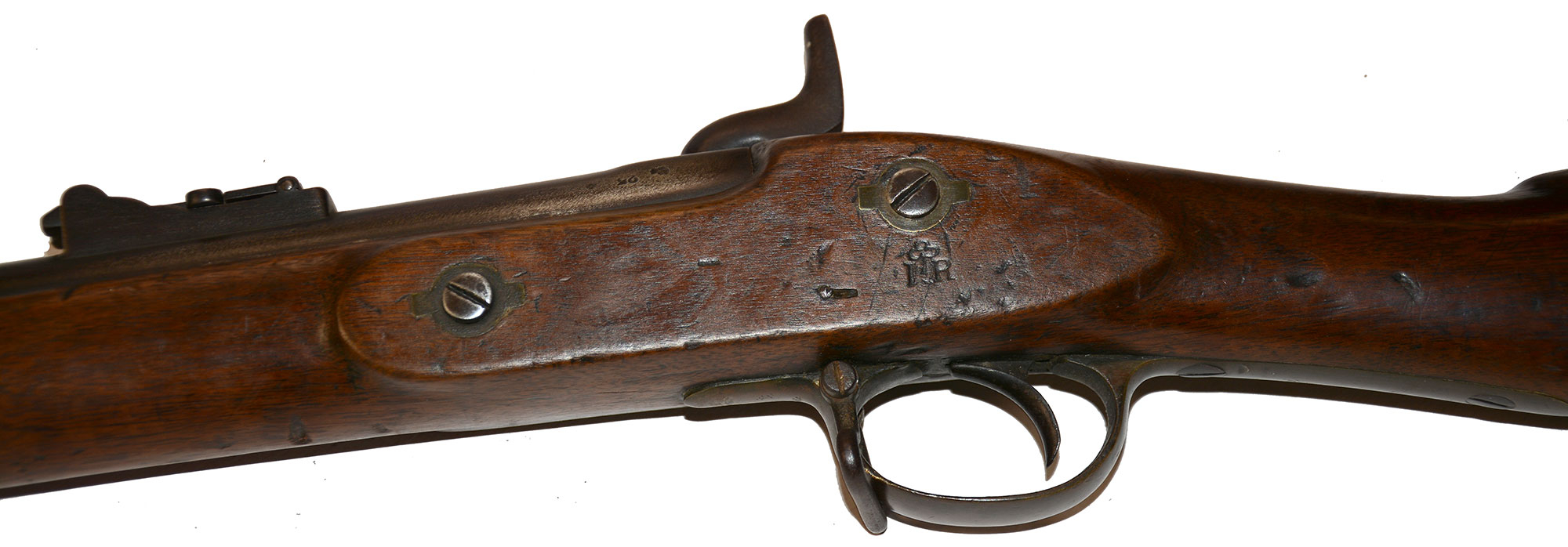
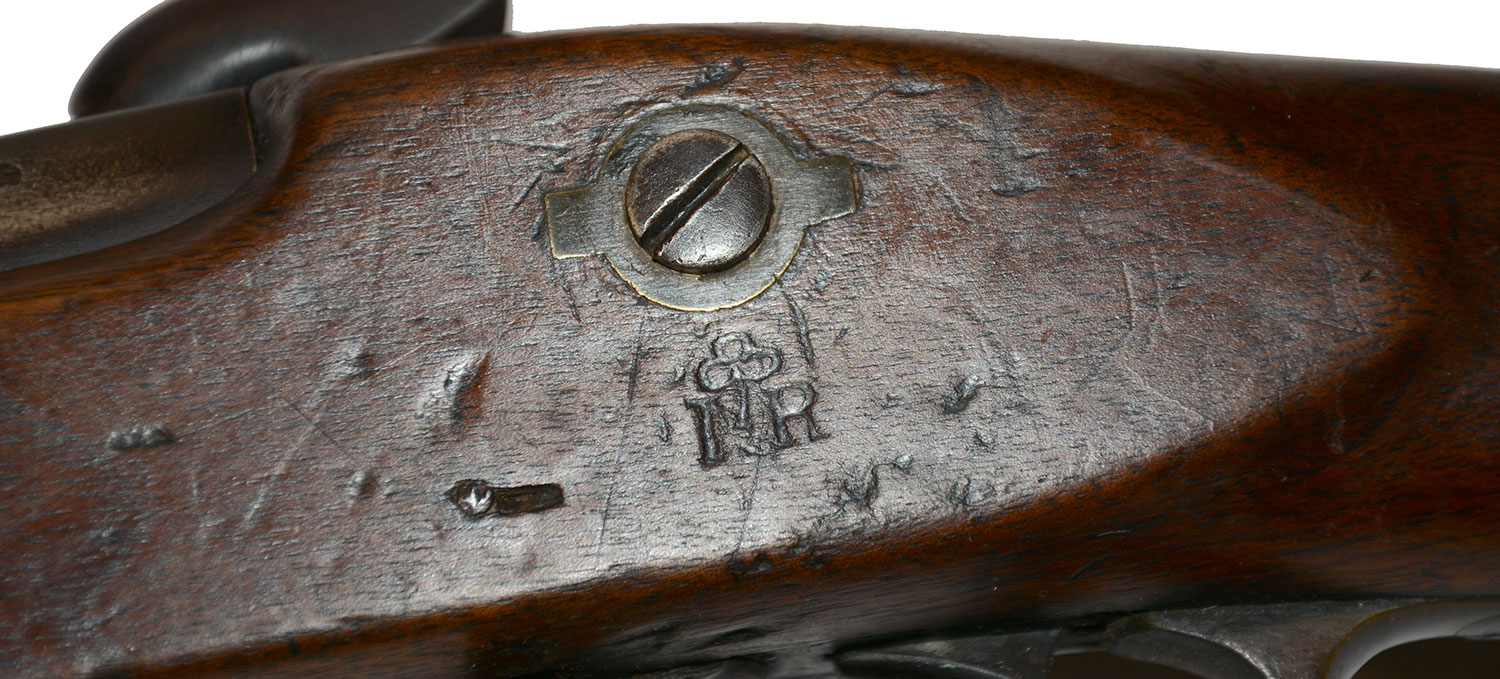
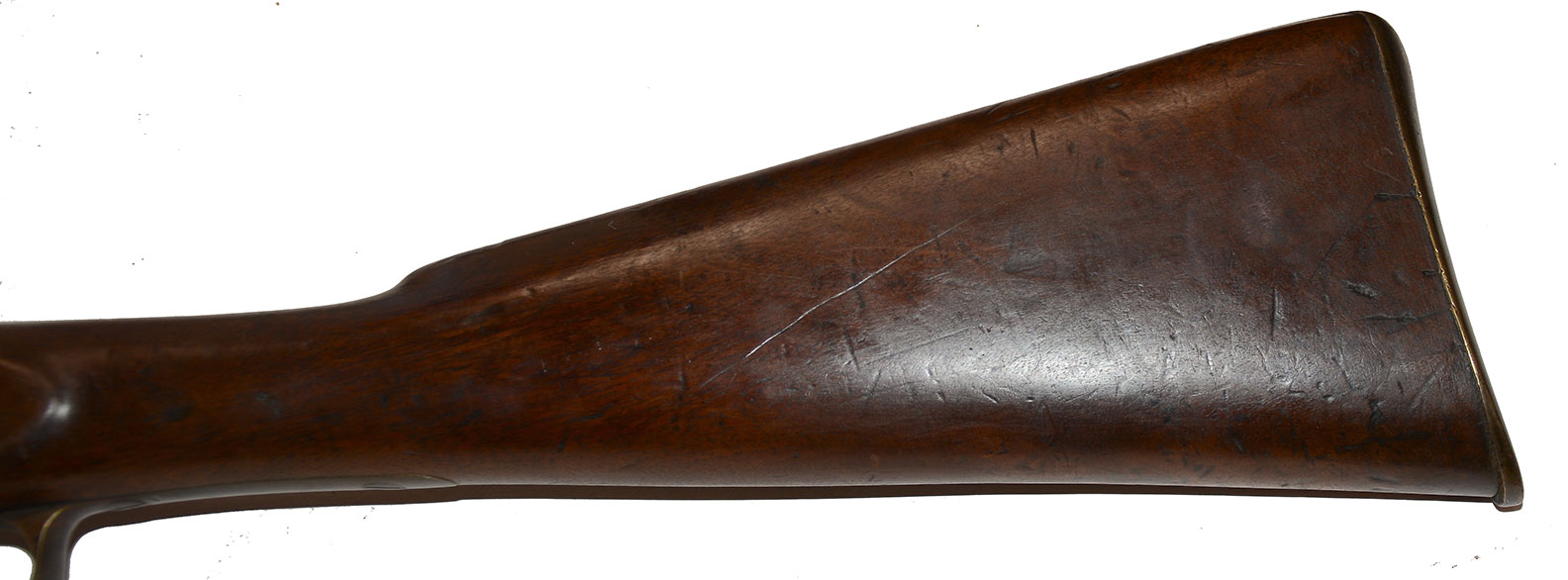


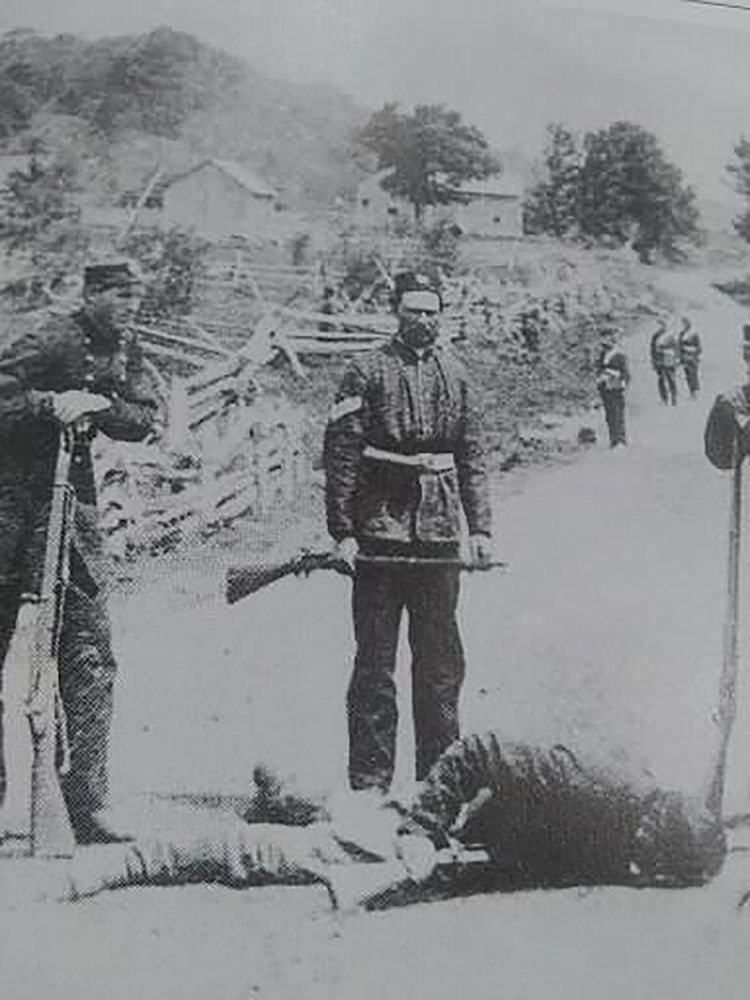
$3,950.00 SOLD
Quantity Available: None
Item Code: 2022-2920
Very rare Pattern 1858 Enfield rifle-musket surcharged to the Irish Republic! The earliest type carried in the Fenian Raids on the Canadas in 1866.
The Fenian Brotherhood was an Irish American organization that was dedicated to freeing Ireland from British rule. Many of them were Civil War veterans who believed that if they captured Canada, they could use it as a bargaining tool against Britain. In the fall of 1865, they organized themselves into an army and began their preparations to invade Canada. On 1 June 1866, the Fenians invaded Canada. General O'Neill was in overall command of the Fenians. With 1,500 men, most Civil War both Union and Confederate veterans, they crossed the Niagara River just north of Fort Erie. Upon landing they established a defensive position and sent out patrols. Their first operation was to occupy the town of Fort Erie. Telegraph wires were cut, and railroad tracks were torn up. Meanwhile the alarm had sounded in Canada. Thousands of militiamen were called out among them the following: The Queen’s Own Rifles of Toronto, the 13th Battalion and the York and Caledonia Rifle companies. They headed by train toward Fort Erie. The Fenians broke camp at 03:00 hours on the morning of 2 June 1866 and marched south along Ridge Road. When they heard the train whistle and bugle calls coming from Ridgeway, UC (Upper Canada; today Ontario) they prepared a hasty defense. The following is a Canadian after battle report:
"No. 5 Company, Q.O.R. (armed with Spencer repeating rifles), formed the advance guard, followed by the remaining companies of the battalion, the 13th Battalion and York Company, the Caledonia Company finding the rear guard. In this order the column moved about two miles, when at 7 a.m. the Fenians were discovered to our front. The advance guard was immediately extended from its centre, Nos. 1 and 2 on its left and right. No. 3 centre supports, No. 4 left, No. 7 as a flanking party to the left, supported by No. 8, and Nos. 6 flanking to the right, No. 9 and 10 in reserve. After an advance of say half a mile, No. 6 was sent as a support to No. 2 on the right. Immediately the Fenians, who were extended behind the fences, their main body being well posted in a wood, opened fire, which was immediately returned by our men, who continued steadily advancing. The firing became general, being heaviest on our center and right.
We continued driving them for about an hour, when our skirmishers being reported out of ammunition... when the cry of “Cavalry” was raised at seeing two or three Fenian horsemen advancing towards us. Colonel Booker ordered the reserve (Queen’s Own) to “Prepare for Cavalry” ... On re-forming, the reserve being too close to the skirmish line, was ordered to retire, the left-wing of the 13th who were in our rear, seeing our men retire and thinking we were retreating, broke and retired in a panic, on seeing which our men also broke and ran. Just previous to this the retire was sounded to Nos. 1 and 2 of the Queen’s Own, who not seeing the necessity of the order, disobeyed, until it was again sounded, when they reluctantly moved to the rear, the remainder of the skirmish line doing the same, though not understanding the reason of their recall, but on seeing the reserve in disorder, they too became demoralized and fled. The fire of the now pursuing Fenians became hotter than ever, and the volunteers being crowded up in a narrow road, presented a fine target to their rifles, causing our poor fellows to fall on all sides."
Following this battlefield success, the Fenians soon departed Canada when General Meade mobilized US forces to end this dangerous situation. Over the next few years, the Fenians attempted to organize several raids into East and West Canada; however, on July 1, 1867, Canadian Confederation occurred, and the British colonies of East Canada, West Canada, New Brunswick, and Nova Scotia were united to form the Dominion of Canada. This allowed Canadian officials to assemble a more cohesive military response to the Fenian raiders. In October 1871, Canadian troops squashed the final Fenian raid, led by John O’Neill, at a customs office in Manitoba.
The weapon offered is certainly a veteran of the 1866 invasion of Canada. The Fenian leadership purchased thousands of Civil War surplus weapons from official and un-official sources. O'Neill set up headquarters for a time in Nashville! It will be interesting for Confederate sword collectors to know that he purchased several Nashville Plow Works sabers and had them re-bladed. A well-documented one was captured from a sleeping drunken Fenian at Fort Erie by the town Sheriff; but that is a story for another time. Weapons like Enfields other imports and a host of variations of the US Model 1861 Rifle-musket, particularly those made by at Bridesburg, were stockpiled. These guns were then stamped in the stocks " IR" (Irish Republic) and a "Shamrock". This surcharge is believed by many, to be the earliest of the stampings circa 1865-66. Fenian rifles are also extant stamped "IN" (Irish Nation) but are considered, by this compiler, as post-1866. Prior to surcharging the arms were all cleaned and if necessary repaired.
This Pattern 1858 Enfield has a totally untouched appearance. It is a typical Birmingham contractor's arm of the type imported by the many thousands by North and South. It is dated 1863 on the lock while the proof marked 39-inch barrel has decent rifling. Lock markings are light, but this is a direct result of the Fenian "arsenal" reconditioning. The lock has a mottled patina. The stock has a great surface with no breaks, or major dents showing evidence of period use and wear; exactly what one wants to see. The original ramrod is intact as both period sling swivels. The "IR" and "Shamrock" are deeply stamped opposite the lock. A very significant piece of Irish-American/Canadian Civil War era history. Take note of picture of a dead Fenian lying on his Enfield rifle-musket. [pe] [ph:L]
DISCLAIMER: All firearms are sold as collector's items only - we do not accept responsibility as to the shooting safety or reliability of any antique firearm. All firearms are described as accurately as possible, given the restraints of a catalog listing length. We want satisfied customers & often "under" describe the weapons. Any city or state regulations regarding owning antique firearms are the responsibility of the purchaser. All firearms are "mechanically perfect" unless noted, but again, are NOT warranted as safe to fire.
~~~~~~~~~~~~~~~~~~~~~~~~~~~~~~~~~~~
THIS ITEM, AS WITH ALL OTHER ITEMS AVAILABLE ON OUR WEB SITE,
MAY BE PURCHASED THROUGH OUR LAYAWAY PROGRAM.
CLICK HERE FOR OUR POLICIES AND TERMS.
THANK YOU!
Inquire About VETERAN CIVIL WAR FENIAN ENFIELD
Most Popular
Historical Firearms Stolen From The National Civil War Museum In Harrisburg, Pa »
Theft From Gravesite Of Gen. John Reynolds »
Selection Of Unframed Prints By Don Troiani »
Fine Condition Brass Infantry Bugle Insignia »
Large English Bowie Knife With Sheath 1870’S – 1880’S »
Imported (Clauberg) Us Model 1860 Light Cavalry Officer's Saber »
featured item
A GROUP BELONGING TO CAPTAIN TO MAJOR DAVID SCHOOLEY
Battery M, Second Pennsylvania Heavy Artillery (112th Pennsylvania Volunteers) was recruited by Capt. David Schooley, July and August 1862. It was known then as Schooley’s Independent Battery. Please click on this link (ABOUT « David Schooley's… (1268-550). Learn More »


